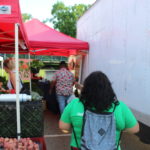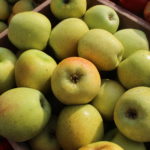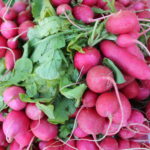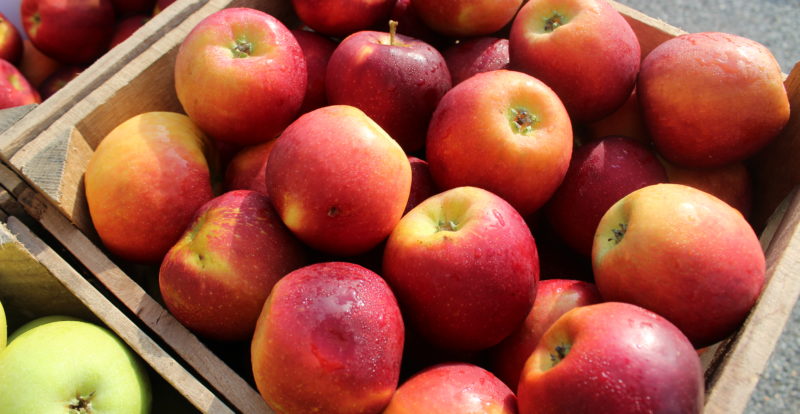What is a sustainable food system? How can we change our existing food system to make it more sustainable? These are the questions food justice leaders ask themselves in their work to build a sustainable food system. Sustainable food systems are the second element of food justice work according to the Brooklyn Law Center. The International Center for Tropical Agriculture defines sustainable food systems as “food systems that aim at achieving food and nutrition security and healthy diets while limiting negative environmental impacts and improving socio-economic welfare.” In summary, sustainable food systems prioritize environmental preservation, economic viability, and social equity. Today, food justice leaders utilize numerous farming and purchasing strategies to cultivate a sustainable food system. 
Two of these strategies include seed sharing and implementing agroecological farming techniques. Seed sharing is a centuries old practice stemming from Indigenous Americans. Seed sharers save seeds from their own plants and share them with others. The goal of the practice is to “preserve the diversity of crops we still have to [protect] our future food security in the face of climate change” (Seed Sharing Exchange). Seed sharing helps the environment by saving area crops from extinction. In addition, seed sharing is an economically viable option as it prevents farmers from becoming dependent on big agribusiness for their seeds. With seed sharing, farmers have increased agency over the crops they grow and are less impacted by the fluctuating prices and polices of global corporations (Horizon: EU Research & Innovation Magazine). Lastly, the revival of seed sharing reflects the move towards social equity. Seed sharing has long been practiced by BIPOC communities. It is recognized for its historical prevalence in Indigenous American culture (Indigenous People’s Major Group for Sustainable Development). It was also a practice used by West African women coming through the Middle Passage. Women would often braid the seeds into their hair in preparation for their unknown futures (Sierra Club).
Agroecological farming techniques are another crucial element of a sustainable food system. USAID explains that agricultural farming techniques “ensure the long-term balance between food production and sustainability of natural resources.” Agroecology utilizes a variety of methods, such as diversification of crops, conservation tillage, and natural fertilizers, to increase food production while also protecting the earth. For example, with the help of local insight and Organic Without Boundaries, Haregu Gobezay’s family in the Tigray Region of Ethiopia began using Desmodium on their farm. Desmodium is a flowering local plant that protects maize and mango trees from pests. 
Food for Others is actively working to make the food system more sustainable by reducing food waste. During FY 2021, Food for Others rescued 878,903 lbs. of food from local grocery stores and farmers. Farmers who donate food receive a farm tax credit as an incentive. Food for Others also promotes a sustainable food system through our 3 community gardens. Each garden provides local gardeners with a garden plot, and Food for Others staff and volunteers train local families who are struggling with food insecurity on how to garden.
After reading all about work to make the food system more sustainable, you may be wondering how you can help. Some options include researching ways you can seed share in your area. You may consider seed libraries. You can also utilize your local farmers markets. Farmers market produce is a more sustainable choice than grocery store produce because it doesn’t rely on big business and benefits the local economy. As we move on to consider the third aspect of food justice, justice for farm workers, we challenge our readers to think of a small choice they can make towards a sustainable food system.

